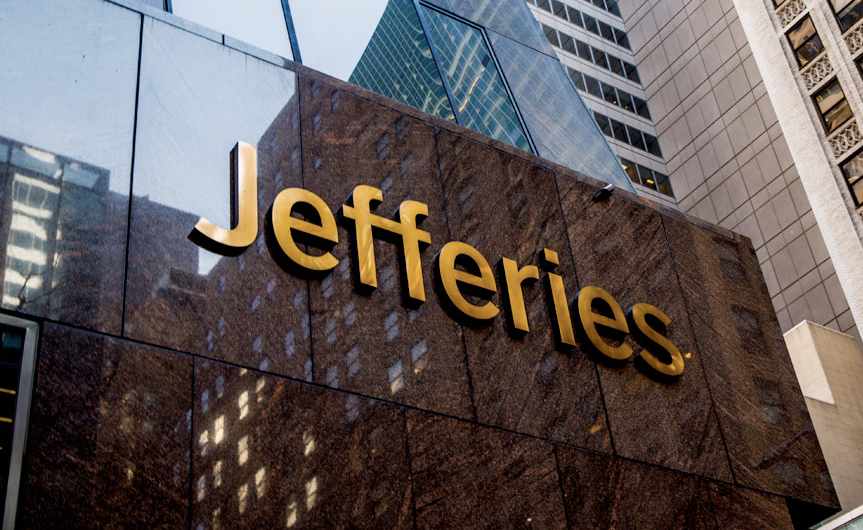Milton loss below $50bn may not be sufficient to move pricing: Jefferies

Differing from the views of some other equity analysts, the Jefferies team believe that hurricane Milton would need to result in an insurance industry loss of above $50 billion for it to cause any hardening of property reinsurance at the January renewals.
Since hurricane Milton’s landfall, loss estimates have continued to be in a wide-range from roughly $15 billion to as high as $60 billion, but with most of our sources seemingly still opting for something nearer to $30 billion to as much as $40 billion.
But uncertainty over the eventual loss remains high, with no greater clarity gained at this still early stage after a major catastrophe event.
The Jefferies analyst team are advising to look at a loss between $25 billion and $50 billion, which they say will only prove to be an earnings event for reinsurance capital, not a capital event.
As a result, they do not believe a loss below $50 billion would prove sufficient to move pricing at the 1/1 2025 reinsurance renewals.
“With Milton likely an earnings event, we do not expect it to drive up property reinsurance rates in ’25, but the range of outcomes should narrow,” they explain.
Further stating, “We believe that it is becoming increasingly clear that this is an earnings event; likely in the 1-in-20 year PML range.”
The Jefferies analysts see 2022’s hurricane Ian as the closest equivalent, but note that since then property catastrophe reinsurance pricing has risen considerably, so the analysts do not see anything that doesn’t erase earnings being enough to change the trajectory of pricing meaningfully.
In fact, even with hurricane Milton losses at $50 billion they believe reinsurers and primary insurers can largely still post positive earnings per-share for 2024.
On the outlook for pricing they explain, “For property reinsurance we expect the range of outcomes to narrow. We don’t believe that a sub-$50bn industry loss in an otherwise benign CAT year for reinsurers would result in risk-adjusted rate increases. At the same time, the near miss of a well over $100bn industry loss scenario may keep fear-driven discipline at the forefront, possibly leading to mid-SD declines for US risk. Considering that property CAT reinsurance rates, which stepped up by ~40% in the US post Ian, are very accretive, this could be viewed as a good outcome, though earnings power will modestly erode.”
As we have reported, some other analyst teams (Goldman Sachs in this case) believe Milton could be enough to change the trajectory on property catastrophe reinsurance at the renewals.
KBW said that, alongside loss experience in the sector to-date this year, Milton can still drive property catastrophe reinsurance rates higher at the January renewals even at a lower than expected industry loss level.
As we said, first-half 2024 global insurance industry catastrophe losses were estimated at between $60 billion and $66 billion and the third-quarter is likely to see around $30 billion added to that total.
So adding in hurricane Milton, in early Q4, could add a further $30 billion or more in losses to the total, which would take industry catastrophe losses for the year to roughly $120 billion or higher.
But, what’s important to consider when it comes to reinsurance pricing, is that reinsurers have taken a lower proportion of losses from what has not been a benign catastrophe loss year for the primary portion of the industry.
It’s only a few years since $100 billion was talked of as the new normal for catastrophe losses, but now a figure well over that is considered benign in reinsurance and one of the key reasons is the updates to attachments and contract terms, for the reinsurers.
We are certain some reinsurers will be pushing for at the least sustained pricing at January 2025 renewals, while the catastrophe bond market will look to sustain spreads rather than see them soften further after Milton.
Perhaps the main factor though that should steel reinsurer and ILS investor resolve for the renewals, rather than quantum of loss, is the fact the US has had five landfalling hurricanes and Florida three this year, while at the same time Florida has not yet demonstrated that it has stemmed the loss creep issues caused by litigation.
All of which, alongside the annual cat loss total, suggests property cat reinsurance pricing levels will be scrutinised and while they may not rise considerably, they seem very unlikely to fall by any meaningful amount at the January renewal season.






